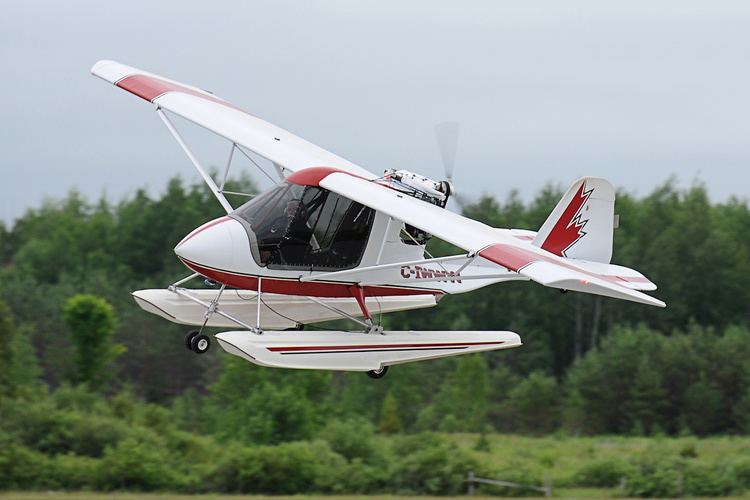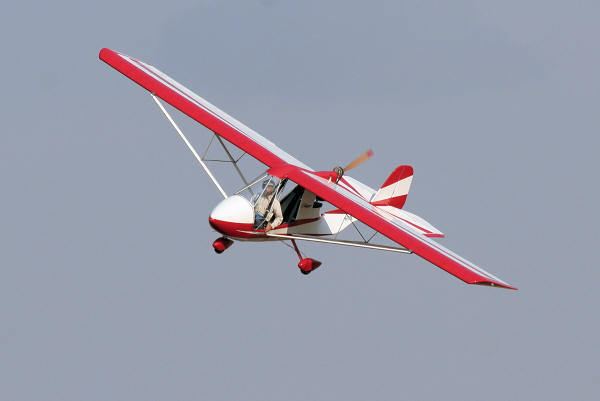Top speed 154 km/h Wingspan 9.6 m | Length 6.1 m | |
 | ||
Manufacturer Quad City Aircraft Corporation | ||
Challenger ii quad city challenger quad city challenger experimental light sport aircraft
The Quad City Challenger is a family of one and two seats-in-tandem, pusher configuration, tricycle landing gear ultralight aircraft that is designed and produced by Quad City Aircraft Corporation of Moline, Illinois. The Challenger was first introduced in 1983.
Contents
- Challenger ii quad city challenger quad city challenger experimental light sport aircraft
- A glimpse at the technologically advanced quad city challenger powered by ilevil
- Design and development
- Variants
- Specifications Challenger II
- References

A glimpse at the technologically advanced quad city challenger powered by ilevil
Design and development

The Challenger ultralight is a high wing, tricycle gear kit aircraft with a frame structure built from 6061-T6 aluminum alloy tubing fastened with aircraft grade AN bolts and rivets and covered with either presewn Dacron envelopes or standard aircraft fabric. The engine is mounted in pusher configuration and turns the propeller through a reduction drive that uses a cogged tooth rubber belt.

The kit can be purchased in 4 major sub-kits: the Tail Assembly, Fuselage, Wings, and Engine. The factory kit is supplied with the most difficult mechanical work already completed. This includes the primary fuselage framework along with the controls and the basic wing structures assembled at the factory. The kit builder is required to finish the smaller structural components, cover the aluminum frames with fabric, seal and paint the fabric and do the final assembly.
The aircraft has the ability to soar with its motor switched off.

The Challenger design has been criticized by reviewers for its landing gear, which is a rigid cable-braced type and is subject to being bent during hard landings. A number of after-market suppliers have designed steel gear legs as replacements for the stock landing gear in an attempt to rectify this problem. The improved factory-designed Light Sport Special (LSS) model incorporates revised landing gear to address this deficiency.
Variants
Specifications (Challenger II)
Data from Challenger.ca
General characteristics
Performance
